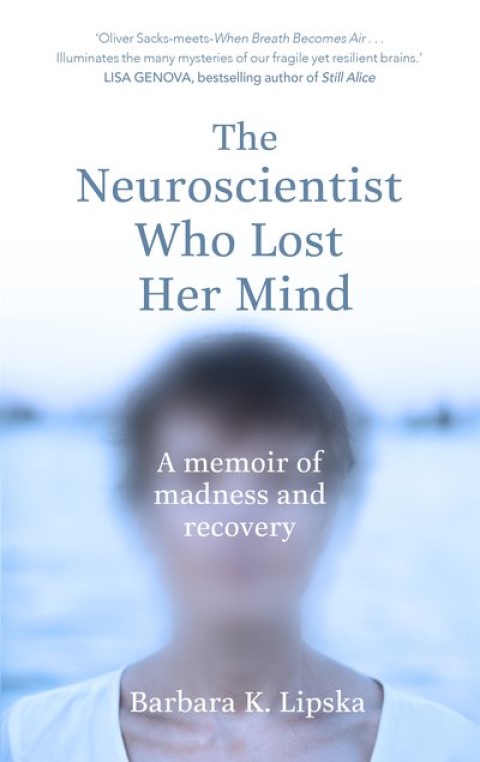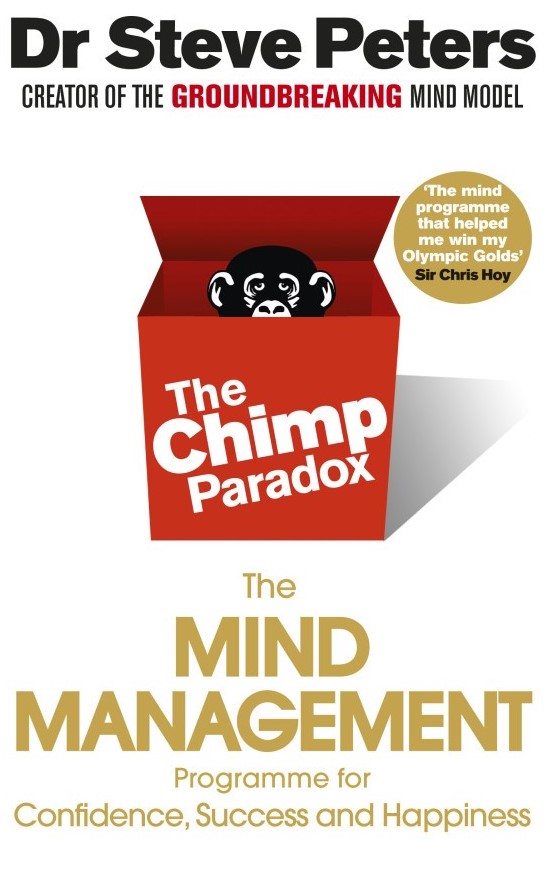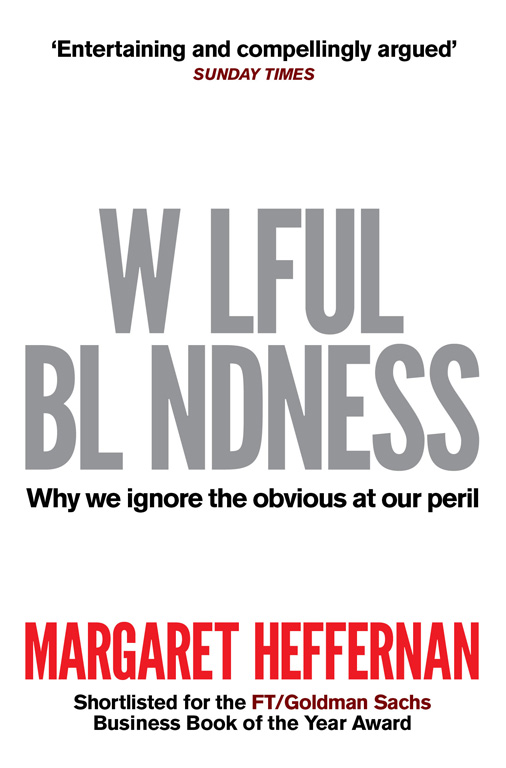It takes a lot of energy to create and maintain a curse. Are you willing to take responsibility for your magick and any consequences (be them intended or unintended)? There’s a fantastic chapter on the history of cursing from ancient history up until recently, covering a wide range of cultures from across the world.
Curses, Hexes, & Crossings covers the psychology of a curse. That the victim being aware that they are cursed can attract negative energies and be self fulfilling – even without the Witch ever actually doing a ritual or casting a spell.
Connolly explains how the Witch can make their own curses and spells; before providing a large number of curses, hexes, & crossings with Connolly sharing her experience with each.
The curses, hexes and crossings are from a wide range of cultures, but many are highly influenced by Daemonolatry and Santansim, which is not surprising given the author’s occult background.
Connolly writes about herbs and stones for cursing, then explains how to break curses. Connolly writes about unintentional or curses cast by your subconscious without your conscious awareness, we’ve all done it. Throughout Connolly writes about how understanding curses and how they work can be used to defend against them and deal with curses aimed at you from others.
Connolly has a fascinating perspective on curses, she explains that a curse can be the start of the emotional healing process. By casting a curse, the Witch can release the intense emotional reactions of rage, anger, frustration and the need for revenge. The Witch having let go of these emotions, can then start the healing process.
The whole of this book from start to finish is brilliant. Connolly’s passion for the topic comes through in her writing. She is not afraid to speak her mind and be honest with the reader, knowing that not everyone will like what she writes. Here are some examples:
Right now I think it’s prudent to point out that some people will object to this book’s mere existence…
The modern Wiccans, for example, have been so busy trying to be accepted by the Christian mainstream that they insist upon distancing themselves from anything that could be misconstrued as “evil”. This includes cursing…
I believe there are instances where curses are appropriate. As I mentioned earlier I also believe curses can go a long way to helping the magician psychologically. For everything negative something good will come of it. Everything is a shade of gray. We could reasonably argue that prosperity magick has a dark side…
“If you discuss ethics and cursing you’re a fluffy bunny.” This is often said by people who want to practice only the blackest magick and arts so arcane that they may dress in black and purport to be the scariest mosty evil magicians to walk the earth. To them I say, eventually you’ll grow up, get off your high horse, and join the rest of us in reality.
(From: Curses, Hexes, & Crossings by S. Connolly, pages: 4-5, 2011.)
The only way this book could have been any better if Connolly included some more advanced protection magick. Curses, Hexes, & Crossings by S. Connolly has been self-published on Amazon. I’m so glad for self-publishing, as this book probably wouldn’t have seen the light of day without it, given its subject matter.
Curses, Hexes, & Crossings by S. Connolly is available to buy on Amazon.
If you like books about this subject matter, you may also like Utterly Wicked: Curses, Hexes & Other Unsavory Notions by Dorothy Morrison. Utterly Wicked is currently out of print, but Morrison (the author) is in discussions with another publisher to have it re-released. So wait for re-release until you purchase to get it at a reasonable price.
Review soon,
Antony







